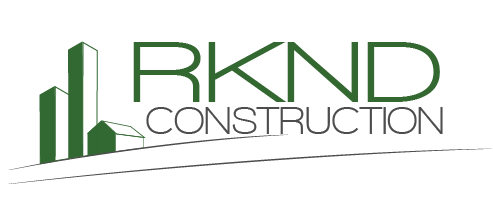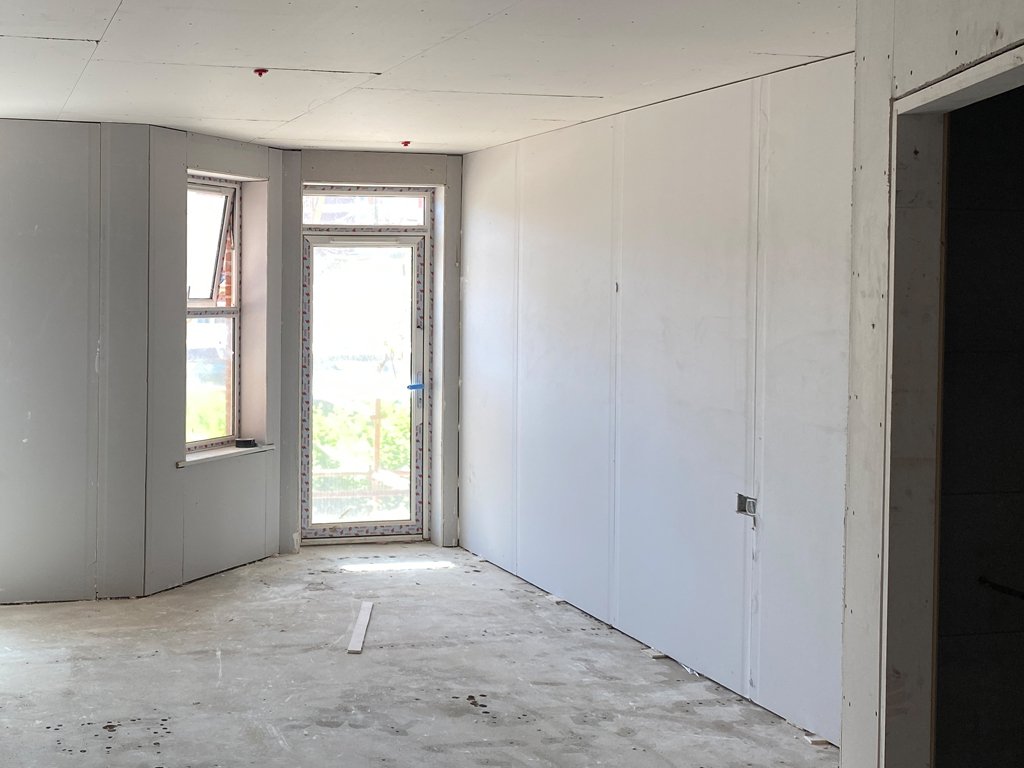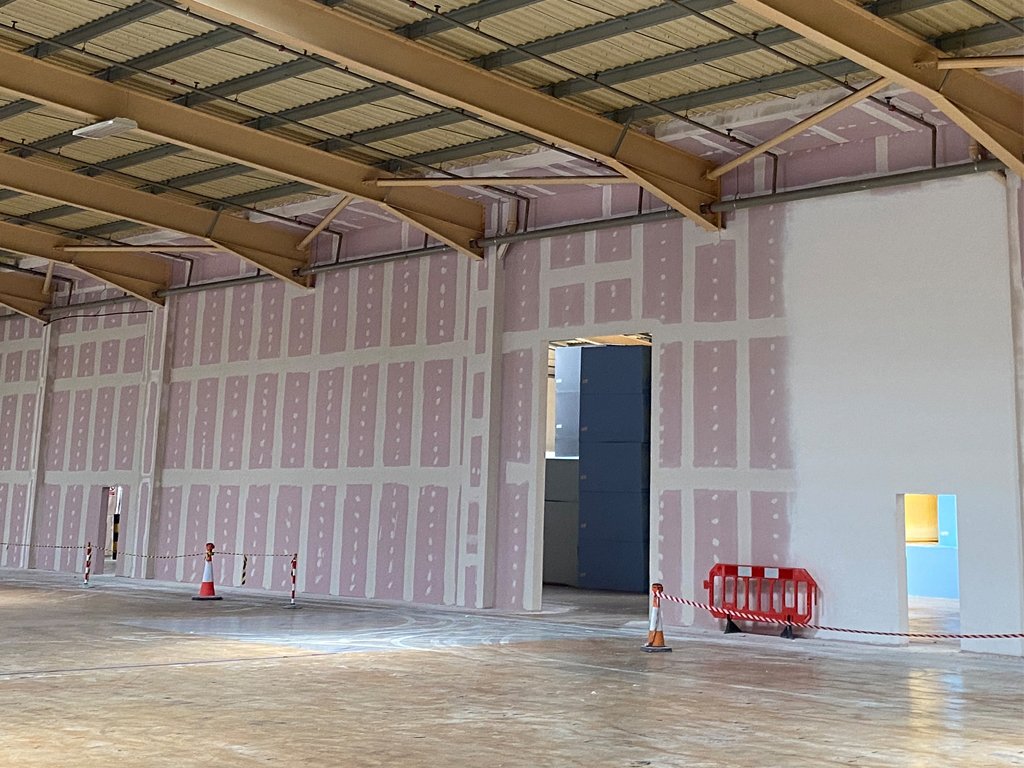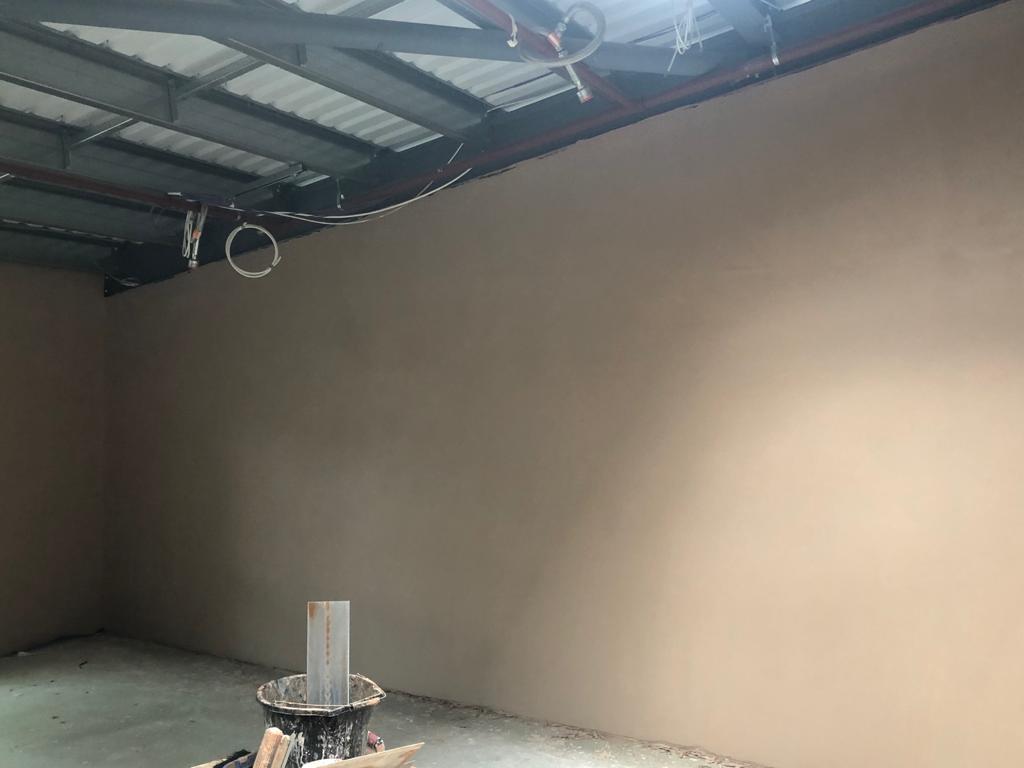Plasterboard is available in a wide range of lengths, widths and thicknesses. The larger the plasterboard, the fewer joints, but the harder it is to handle and fit. Plasterboards have a core of plaster which provides good acoustic and fire insulation. Fibres can be added for extra strength and durability. Moisture resistant plasterboards are treated with wax and can be useful when dry lining bathrooms for example.
Plasterboard can be fixed directly to the internal face of a wall or ceiling, or can be fixed to a secondary framework of metal or timber attached to the internal face. Each material requires a different fixing technique.
Once the plasterboard is in place, a jointing tape can be applied over the joints between the boards and then the tape and recessed screw or nail heads can be filled over with a jointing compound. The joining compound for dry lining is usually supplied as a dry powder which requires water to achieve the correct consistency. The compound should then be allowed to dry and then may need to be sanded with a fine abrasive paper. The surface should then be sealed or primed, and once dry, can be decorated. RKND take care of all this.
Dry lining is generally faster and easier to install than wet plaster, and generally results in an overall construction that weighs less. Dry-lined walls are easier to change, making buildings more flexible to ongoing refurbishments.
Dry lining can also be used to increase thermal insulation and to prevent condensation. Additional insulation may be installed behind the plasterboard, and a vapour barrier might also be installed.
However, care must be taken to ensure that barriers and insulation are correctly positioned.



